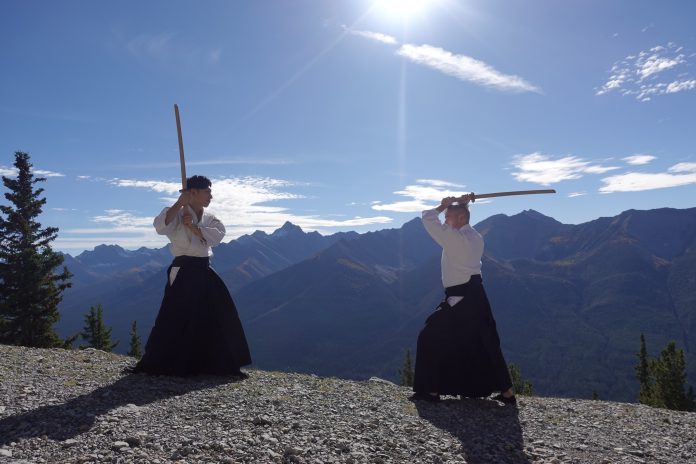by Josh MacDonald
Kobudō (古武道) literally means “old martial ways.” It is the umbrella term for Japan’s classical martial arts — traditions that have been handed down for centuries, preserved not only as systems of combat but also as cultural treasures. While modern Japanese martial arts such as judo, karate, and aikidō are widely known, kobudō represents the source material from which many of them evolved. In a time when most of us will never face combat with swords or spears, why do these arts still matter?
A Living Heritage
Kobudō connects us directly with the past. The movements, etiquette, and terminology come from an age when martial skill was not a hobby but a matter of survival and social responsibility. To train in these arts is to preserve a piece of intangible cultural heritage. The bows, the stances, the kata — all of these embody the worldview of earlier generations. Unlike museums, where artifacts are preserved behind glass, kobudō is heritage made living through practice.
The Central Role of Weapons
Weapons feature prominently kobudō. The Japanese sword, often called “the soul of the samurai,” is studied in kenjutsu (sword combat) and iaijutsu (sword drawing). Spears (yari), glaives (naginata), staves (bōjutsu), and even lesser-known implements like the jutte or kusarigama appear in various schools. Each lineage has its own repertoire, often shaped by the needs of its founding family or domain.
Practicing with weapons brings a special kind of focus. The length of a staff, the edge of a blade, or the weight of a wooden sword creates a natural demand for precision and awareness. Even in safe, controlled training, weapons magnify mistakes and reward proper posture, timing, and distance. In this sense, weapons are not just tools of combat but instruments of learning.
Beyond the Battlefield
Although kobudō was born in times of war, its value today lies well beyond the battlefield. Most of the great lineages matured in the Edo period (1603-1868), an era of relative peace. Techniques were refined not only for dueling but also for cultivating discipline, presence of mind, and refined movement. In this way, kobudō became as much about shaping the character of the practitioner as defeating an opponent.
Body–Mind Integration
Kobudō training is a whole-body discipline. The mechanics of wielding a weapon teach balance, posture, and coordination. At the same time, it demands mental focus — awareness of surroundings, sensitivity to the partner, and the ability to remain calm under pressure. Breath, body, and intent must align for the technique to work. These qualities naturally carry over into daily life, building composure, resilience, and confidence.
Community and Connection
Another often-overlooked value of kobudō is the sense of community it builds. Training is never solitary. Whether through paired kata, group practice, or the relationship between teacher and student, kobudō fosters trust and cooperation. To train is to step into a chain of transmission, connecting with generations past while building bonds with present-day partners. In this way, the dojo becomes not just a place of training but a community of shared pursuit.
Why Kobudō Still Matters
The value of kobudō today is not found in preparing for combat. Instead, it lies in preserving cultural heritage, cultivating discipline, and experiencing the unique lessons of training with weapons. It teaches posture and poise, but also respect, patience, and humility.
Kobudō reminds us that martial arts were never only about fighting. They were about learning to live with awareness, to act with precision, and to carry forward traditions that continue to shape who we are. To pick up a sword, a staff, or any of the old implements is not simply to reenact the past, but to make those lessons present — alive again, in the body, here and now.










